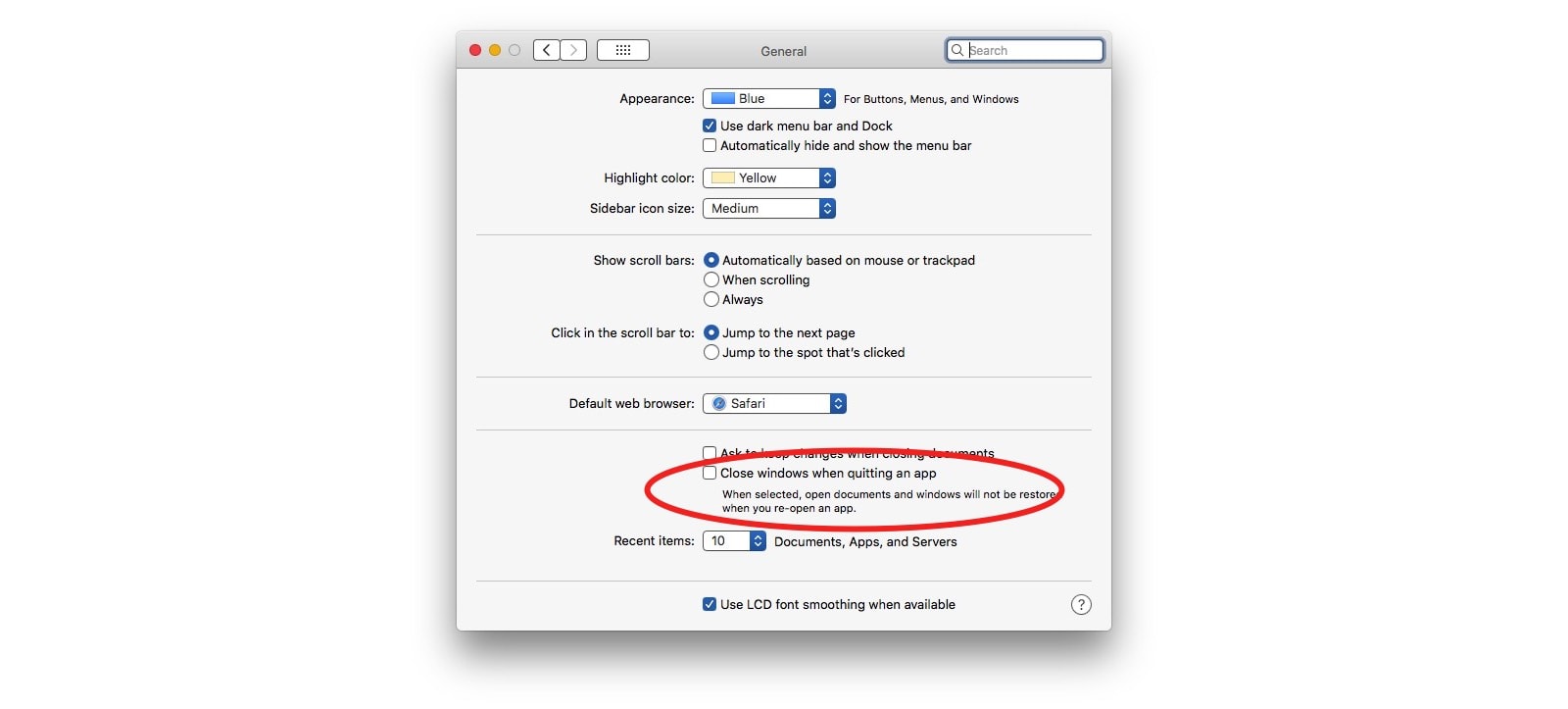Full-screen mode on a Mac is pretty great. Unlike Windows, where full-screen apps have been the default since forever, the Mac’s full-screen abilities are a fairly recent addition. And the default is still for apps to launch in smaller windows, which is the Mac Way. But what if you want those apps to launch in full-screen every time you open them? Well, by changing one setting — and abandoning an ingrained habit — you can have exactly that.
Bonus: Full-screen app launching will only apply to the apps you choose, leaving the rest of them to behave normally.
Make Mac apps open in full-screen mode
Having multiple windows open is fine, but certain apps seem well-suited to the full-screen treatment on a Mac. If you want to force a Mac app to open in full-screen, you need to do these two things.
Step 1: Break that habit
First, the ingrained habit. When you quit a Mac app, then reopen it, all its windows reopen, too. In theory, they should all reappear the same size as before exiting them, and in the same locations on your screen. This has led many Mac users to close an app’s windows before quitting that app. On a Windows computer, closing an app’s last window will quit that app, but not on the Mac. So on a PC, it’s possible to quit an app and have it launch in a window-free state.
But that’s not what we want here. To make an app launch in full-screen mode, you should quit it in full-screen mode. Then, when you relaunch that app, it will restore its window position. So, if you’re a compulsive window closer, you’ll have to break that habit.
Step 2: Change that Mac full-screen setting
Next, you have to change one setting. In the System Preferences app (Apple Menu > System Preferences…), click on the General tab, and then uncheck Close windows when quitting an app. This does what it says it does: It stops the app from closing open windows when you quit it. Still, it’s a poorly named setting, in my opinion. Surely it would be better to call it “restore windows when reopening an app.”

Photo: Cult of Mac
That’s it. Now, whenever you put an app into full-screen mode, it will stay that way. Whether you quit the app, or restart your Mac, that app will always launch to a full-screen view. Equally, any app that you don’t put into full-screen view will never enter full-screen mode without being told to do so.
In short, after this change, apps stay as you set them. Set an app to full-screen, and it stays that way. Don’t, and it won’t. This should really be the default behavior. And maybe it is — it’s been a long time since I started up a new Mac.
I use this trick for suite-style apps. (Things like Logic Pro X, Ableton Live, iMovie and Photos.) These apps operate mostly alone, without needing you to use other apps. You can still drag and drop into a full-screen app, or you can quickly dip out into a regular windowed view while you interact with the Finder, etc. And if you use Spaces, this is a fantastic way to work, especially on small-screen MacBooks. Try it out.


